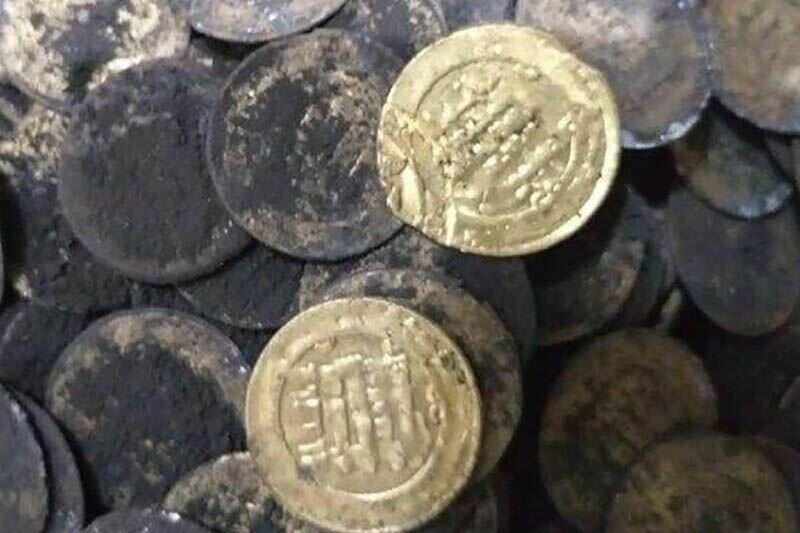290 Sassanid coins recovered in Kermanshah

TEHRAN – Iranian authorities have seized 290 ancient coins from a gang of antique dealers in Kermanshah, western Iran.
In that regard, forces in charge of cultural heritage protection, under cover of buyers, entered into a deal with the gang, the report said.
The police operation yielded the seizure of 290 coins, which are estimated to date from the Sassanid era (224 CE–651), as well as a metal detector.
In addition, four suspects were detained for further investigation and facing trial on the charges of illegal excavation and keeping of historical relics.
In about 220 CE the Sasanian dynasty of Iran introduced the concept of thin flan coins, issues that were struck in relief on both sides. In order not to produce intolerable stresses in the dies, since the thinner the material the more force necessary to make it flow into the recesses of the die’s design, the depth of relief on such coins was of necessity much shallower than with earlier currency. Such techniques spread by way of Byzantium to northern Europe, where the emperor Charlemagne struck thin flan deniers (small silver coins), or pennies, which became characteristic of both his own and neighboring kingdoms.
In many ways, Iran under the Sassanian rule witnessed tremendous achievements of Persian civilization. Experts say that the art and architecture of the nation experienced a general renaissance during Sassanid rule. In that era, crafts such as metalwork and gem-engraving grew highly sophisticated, as scholarship was encouraged by the state; many works from both the East and West were translated into Pahlavi, the official language of the Sassanians.
AFM
Leave a Comment